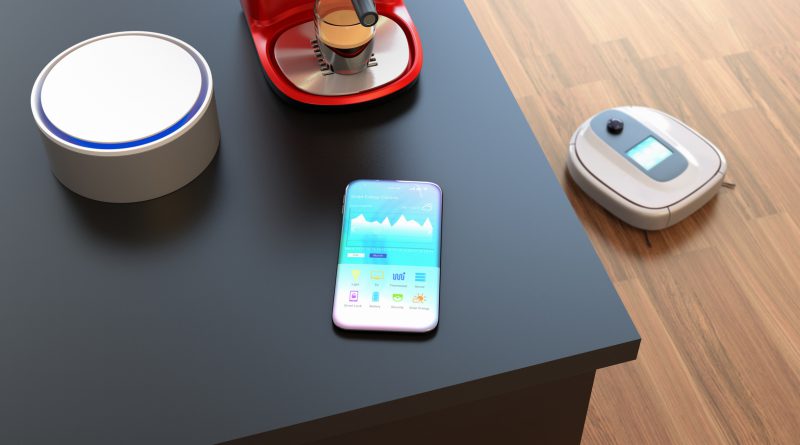The Threats Voice-Activated Devices Face Online
Some experts pegged the total number of “voice-first” smart devices shipped last year at 33 million units. Given this huge figure of voice-activated Internet-connected devices around the world, ensuring their security should take precedence over most everything.
As the technological landscape expands with more Internet-connected devices, authorities are suggesting it will become more fractured and will have to deal with compatibility issues and security concerns.
Voice-activated Internet-connected devices such as Google Home or Amazon Echo are devices that produce more ways of communicating and interacting with computers. They produce an environment wherein users do not necessarily need to use a keyboard, touchscreen, or mouse.
From a consumer’s perspective, these types of devices are often used in living rooms or kitchens; however, in industrial environments, these could be seen in more sophisticated factories or some hospital operating rooms. Experts refer to this as “industrial Internet of things (IIoT) environments.”
Trend Micro’s senior threat researcher David Sancho enumerated three threats that can disrupt voice-enabled environments: privacy concerns, command spoofing, and denial of service.
Here is a short video from Trend Micro that discusses IoT and IIoT devices further (article continues below video):
Sancho shared some scenarios that make attacks against these voice and sound technologies even more dangerous:
Directional speakers
This could potentially allow an attacker to send commands directly to a compromised device without being detected. While this is thought of as rare kind of attack, the facts that it presently exists and is not too expensive to produce should worry consumers.
High- and low-frequency commands
Commands sent in frequency ranges inaudible to the human ear could let hackers get into voice-activated systems undetected. Some devices might be able to notice the message while nearby persons would only hear background noise.
Tagging arbitrary data into sounds
This can mess up devices or make it transmit data to the cloud where hackers can access it. Not enough research has been done to fully learn of the possibilities in this area, but there are already a good number of options for hackers to choose from.
Hackers and other cybercriminals are always trying to be one step ahead in their illegal schemes, but here are some ways you could prevent or mitigate cyber attacks:
1. Ensure all your smart devices’ security features are enabled.
2. Update your devices’ firmware regularly.
3. Change default passwords to stronger or more secure ones.
4. Secure unused ports on routers and devices.
5. Use encryption for all networks and devices.
Comprehensive multi-device protection for you and your family for up to 6 PCs, Macs, Android, and iOS devices. For more info click here.



